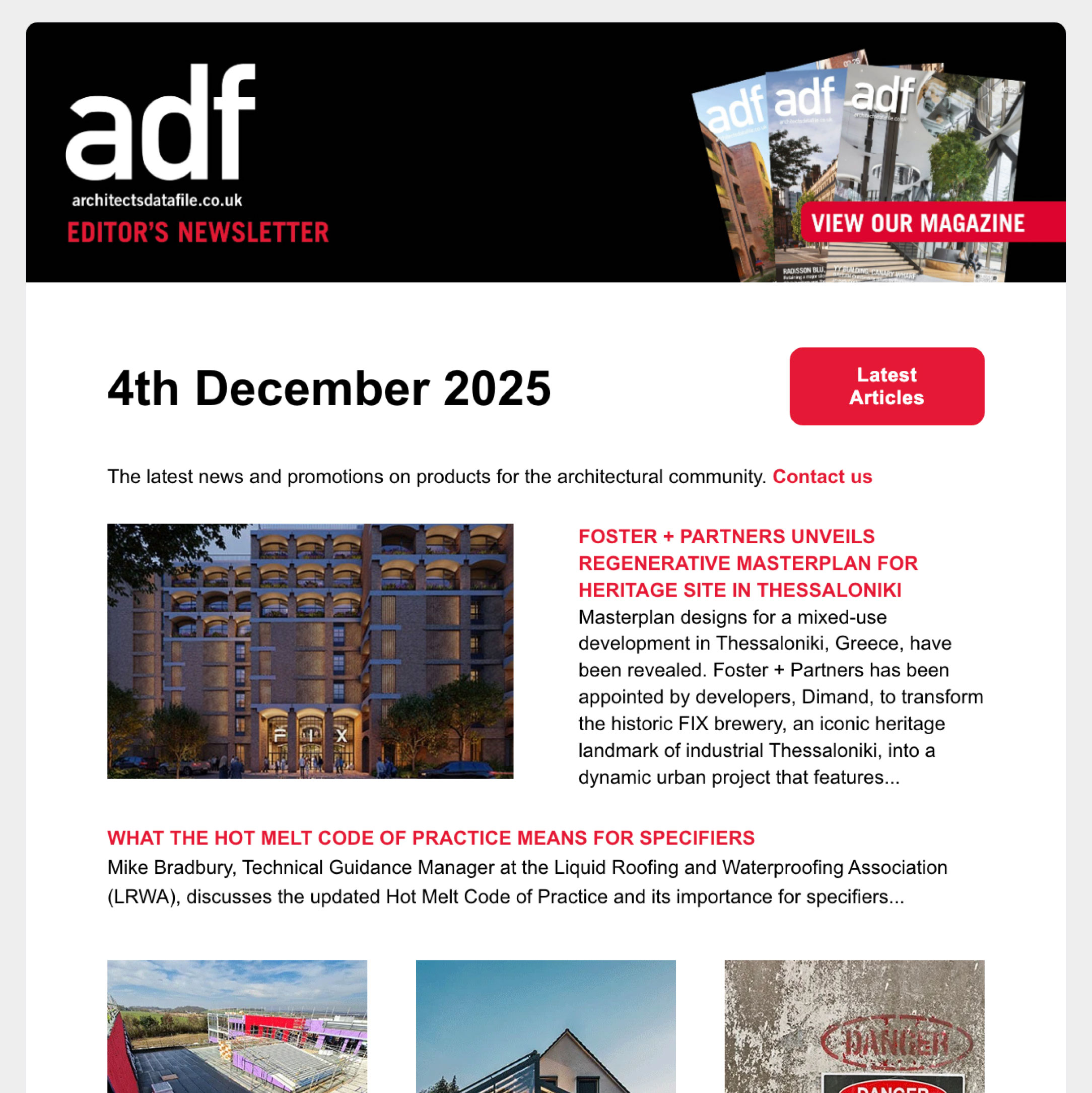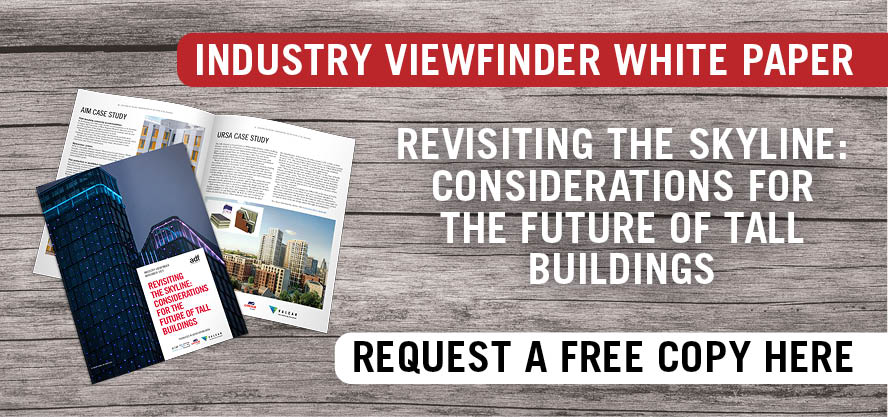Uncontrolled value engineering has rightly been criticised for its focus on cost cutting and poor-quality construction outcomes. Adam Sumner of Pura Facades thinks the time is now right to re-assess the potential of VE in the industry as part of a responsible, but pragmatic specification process.
The specification of construction products is a complex process that has fundamental implications for the aesthetics, safety, function and cost of a building. Quite rightly, the term ‘value engineering’ has come in for substantial criticism since Grenfell Tower, however is the time now right to reappraise the practice of ‘specification reassessment’ as long as it conforms to the principle and spirit of the Golden Thread?
The history of VE
Value engineering was pioneered by US firm General Electric during World War II, when three engineers noticed that substituting materials and methods often reduced costs. Called “value analysis” or “value control,” this technique crucially did not affect the quality or performance of the end products being manufactured.
In principle, value engineering focuses on the functions of components and materials, rather than their physical attributes. It promotes the substitution of materials and methods with less expensive or more readily available alternatives. The ultimate formula for value is often defined as a function divided by cost.
By the 1980s, these engineering-based concepts were becoming widely adopted in other industries such as construction, automotive and aerospace. In the UK, the post-Grenfell Hackitt Report criticised the overtly simplified, cynical use of VE to win contracts, based purely on cost reduction.
Now, a more nuanced approach is becoming carefully considered by the building sector, involving all of those involved in the specification chain, including architects, designers, developers, contractors and product manufacturers. Concepts such as the Golden Thread, the new Building Safety Regulator and a shift in culture towards ‘safety first’ is heralding an era of more responsible value engineering.
As part of a company with over 25 years’ experience in cladding, Pura Facades prides itself on always doing the right thing when it comes to building safety, but an overly cautious ‘belt and braces’ approach to specification can lead to huge construction inefficiencies, unnecessary cost inflation and problems with project completion. Safety should always take precedence, but there are myriad other considerations that deserve attention before a final decision is made on often complex building systems.
Take, for example, a recent development we are involved in at Canary Wharf – an unused office block which is being transformed into a luxury apartment complex.
Having been approached by the main contractor to supply more than 8,000 m2 of high-quality stone cladding, our engineering team assessed this request and suggested there could be a better way. In close co-operation with the architect and contractor, we proposed an alternative solution which comprised a mixture of lightweight glass reinforced concrete (GRC), fibre cement panels and solid aluminium cladding.
Crucially, this sophisticated mix of three different facade products has achieved a high-quality look and feel to the exterior of this prestigious development, without compromising the safety of the building. Given the non-inflammatory nature (A-rated) of all the supplied materials, this approach maintains the safety of the external envelope, while making the installation process quicker and safer for contractors.
As well as aesthetics, safety benefits and ease of installation, the trio of alternative cladding materials also generated a cost saving benefit, when compared to the original specification. However, ease and speed of insulation, safety and availability of materials were equally important as this consideration.
Cost savings generated by value engineering should not be ignored, as long as the vital elements of aesthetics, installation, efficiency and safety are not compromised.
Innovation and creative thinking have always played key roles in adding value to construction projects. Our experience on this and other projects demonstrates that clever thinking can really add value at the specification stage of the build, without compromising safety performance.
There must surely be a space along the ‘Golden Thread’ where informed product managers can advise contractors and architects on better ways to solve problems? In our experience, those involved in specification of cladding systems sometimes lack up to date knowledge of the latest materials, finishes and fixing systems available and this is where we can really add value to the conversation.
We all agree that building safety should never be compromised, but there should still be room made for innovation and pragmatism within the specification process.
Looking ahead, greater connectivity across the construction chain is being facilitated by the widespread use of BIM and other digital tools. Moreover, the emerging power that is AI will enable more informed decision making on prospective products and their safety, performance and aesthetic test data.
Adam Sumner is specification manager of Pura Facades



